Introduction:
This course is an in-depth exploration of fundamental compositional design principles and theories as well as compositional processes. The sensitisation of aesthetic awareness is essential for the artist, and the complexities of sensory and conceptual processes will be explored and discussed.
Course structure and content:
Students will be exposed to a range of creative and compositional processes and pictorial design principles including those specific to linear and spatial arrangement, tone and colour. This will involve lectures, activities and studies of master works. Topics related to understanding creativity will include trigger questions, brainstorming, creativity within frameworks, old masters and to contemporary creative composition process, the importance of regular compositional sketching, and theories of creativity. By the end of the semester, students will be planning and carrying out the creation of their own compositions, based on capacities developed through learning activities, and taking multiple dimensions of design into account. Critical evaluation is integral to the development of creative capacities, and group critiques and discussion will familiarise students with art terminology as well developing communication skills that are very important for the career of artists. To this end, students will be introduced to ideas relevant to productive discussion and debate such as logical fallacies, rhetoric and dialectics.
Learning objectives:
At completion of the course, students will: *Know and be able to apply processes to generate creative solutions and creative starting point; *Be able to analyse the drawing principles used in compositions; *Understand colour wheels and other colour models; *Understand concepts of hue, value and chroma in the analysing colour; *Understand primary, secondary and tertiary colours, colour harmony and colour design; *Understand spatial compositional design and the structural elements of line, value, and colour; *Understand common principles of tonal design; *Understand and be familiar with applying principles of communication relevant to productively giving and receiving critiques, and engaging in discussion and debate.


